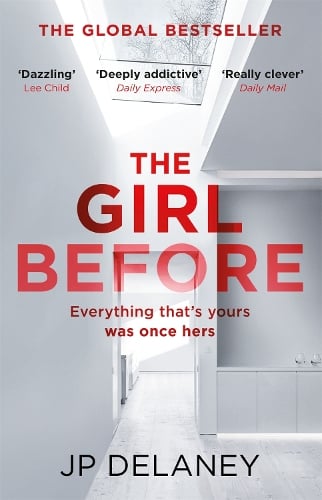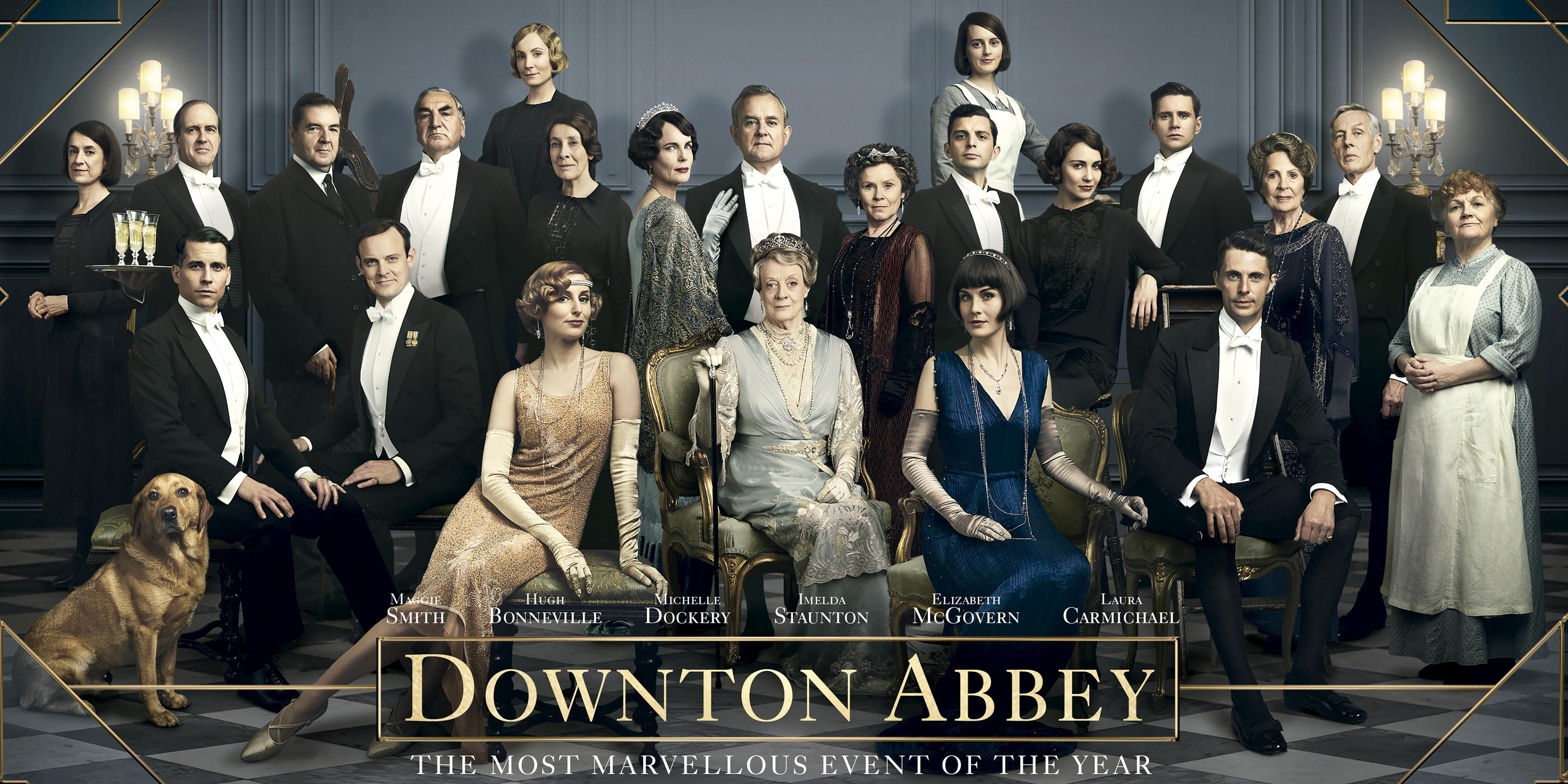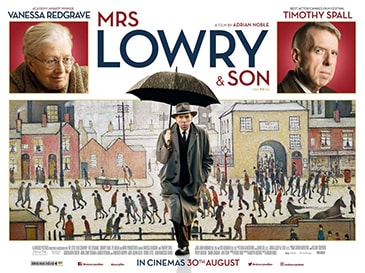 |
| Yesterday's news |
While unpacking boxes (yes, still), I found a pile of newspapers that I had put aside, obviously because I thought there might be some articles that I would like to read 'later'. The thing is with news; it very quickly goes stale. Back in the days when people would get fined for trading on bank holidays in the U.K., there was an argument that newsagents could open because they sold 'perishable goods'; not packets of prawn cocktail crisps and cans of Tizer, but newspapers. The expression, quoted in Elvis Costello's 1981 tune, Fish and Chip Paper, suggests that 'Yesterday's news is tomorrow's fish and chip paper', and we all know how quick we are to move on from the headlines.
But what about the 'supplementary news': the stories in the magazine-type section of the paper? They might be reviews for films and books, thought-pieces about cultural events, or interviews with iconic personalities. These are often interesting many years later, as this sample from Panorama (the supplement to The Canberra Times) of 20 July 2013 indicates.
5 Old (News) Stories from the Paper:
- Taking Charge: Hollywood has developed an appetite for science-fiction tales starring young women in empowered roles by Nicole Sperling (including stories from The Hunger Games, Divergent, Mortal Instuments and Ender's Game, in which she finds it encouraging that 'young women have more role models on the page and on screen - heroes as physically adept as their male counterparts but admired more for their internal strength than their fighting skills').
- Playing the name game: As J.K. Rowling has found, a nom de plume can be a writer's best friend by Anna Maxted (in which she examines the reasons writers hide behind pseudonyms from the Bronte sisters to the famous Harry Potter author).
- From Bond girl to bar brawler: Rosamund Pike may have broken onto the big screen with 007 but she has still had to fight for her career by Benjamin Secher
- Movie posters a design of the times: Vintage film imagery can stand the artistic test of time by Charlotte Cripps
- Great Pie Drive: our adventurer journeys from Canberra to coast to sauce the best of our baker's products by Tim the Yowie Man (for the record he listed the East Lynne Store as the premium pie purveyor).



















